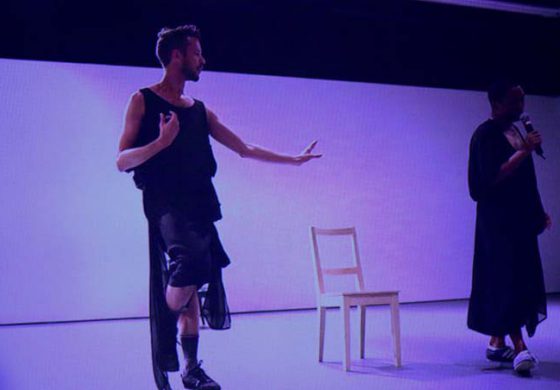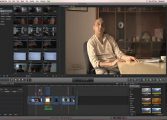I will refrain from going into details of the curriculum other than pointing out that the syllabus focused on the implications of the transition from analog to digital, while drawing attention to the valuable debates around visual culture, technology and urban space from the late 19th and early 20th centuries. Lev Manovich’s work provided the starting point to engage with these issues. The curriculum was structured fluidly to respond incrementally to the way in which students engaged with the syllabus, and emphasis was placed on self-initiated learning, aided by collective critique of theories, ideas and concepts. However, instead of focusing only on cognitive skills we also decided to incorporate a significant component of critical making. ‘Critical making’ as defined by practitioners like Matt Ratto, “is an elision of two typically disconnected modes of engagement in the world — ‘critical thinking,’ often considered as abstract, explicit, linguistically based, internal and cognitively individualistic; and ‘making,’ typically understood as tacit, embodied, external, and community-oriented.”[iii] Thus, students were required to develop an individual project that would respond creatively to some of the more conceptual material encountered in the texts. In order to do this, they were free to work with any form they felt comfortable with (text, photographs, moving images, sound etc) as long as it was restricted to the digital domain.[iv]
Our collective endeavour was to understand and critique the nature of knowledge production and consumption in the digital context. And while I pointed them in the direction of relevant arguments, books and ideas depending on the nature of the project, they were required to situate their ‘critical making’ work within the framework of the field of media studies by rationalizing their creative choices and decisions in a concept note. The course did not emphasise the quality of the ‘finished product’ so to speak (since all the skills acquired were pretty much DIY), but it focused on laying bare the process and inviting reflections on it. This was facilitated through regular class discussions where individual projects would be shared as works-in-progress, eliciting comments and feedback from peers and faculty alike.
‘Making’ has not conventionally been a part of the ‘liberal arts’ tradition, which has very much privileged cognitive skills over those of craftsmanship. However, these older traditions may well warrant a rethinking, considering that much of the world we engage with now straddles the physical as well as the digital. With new and cheaply available digital tools that have generated much interest in recent years by way of the figure of the ‘prosumer’ or the producer-consumer, the nature of knowledge production and consumption no longer remains stratified strictly across older fault lines (including those of the student and teacher). Further, responding creatively to a conceptual question helps students to develop the additional ability to grasp the relationship between idea, argument and form of expression through more than just the textual or writer-ly modes.
It is not possible to give an exhaustive overview of the range of projects that were developed, and therefore, I am taking the liberty of signaling out two that engaged with the task at hand in very different ways. This is by no means a comment on the quality of the other projects, but is simply a pragmatic choice to translate diverse embodied learning experiences into text.



